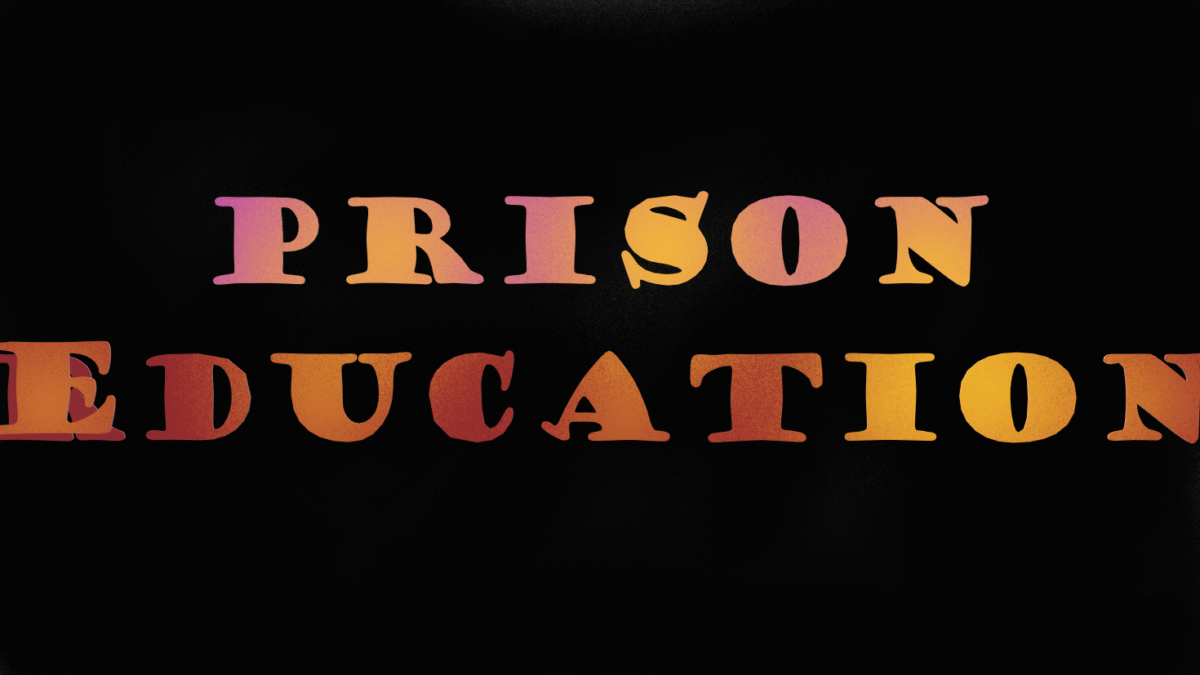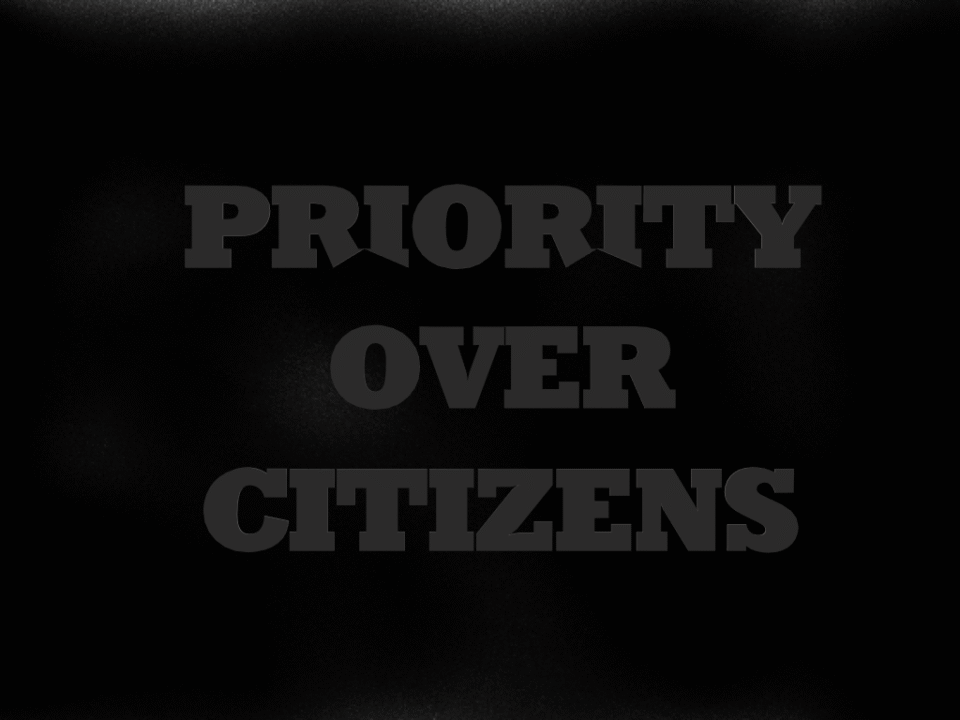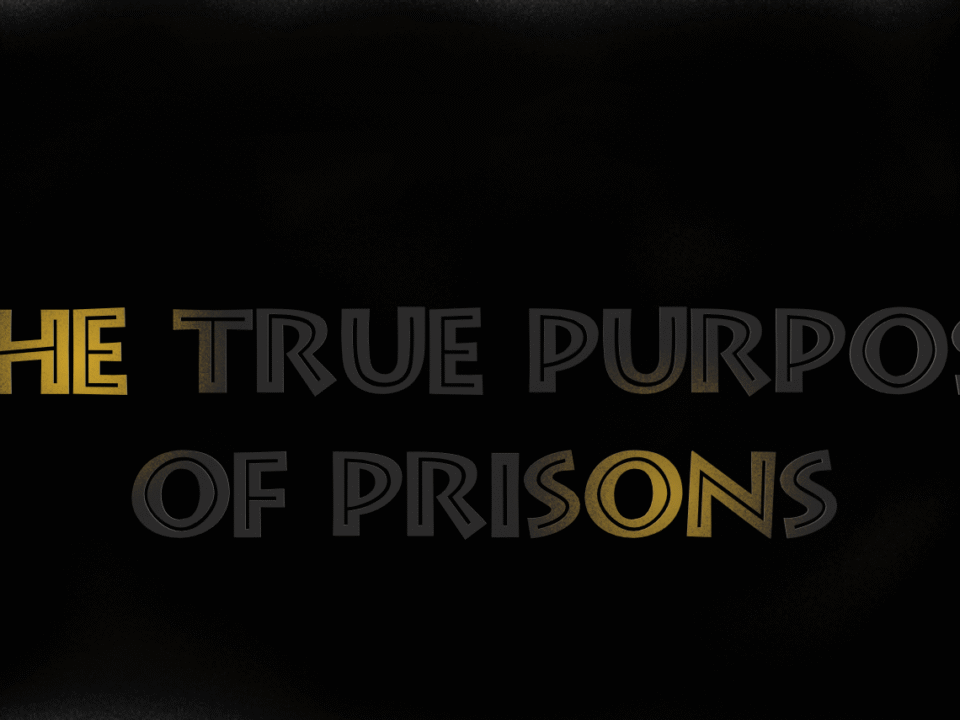
Religion & Family
July 11, 2025
Rehabilitation?
July 11, 2025Education in Prisons
Exploring the history
The late 1700s to early 1800s was a time of significant social change in the four nations of the British Isles which created tensions and crises. Revolutionary ideas from America and France threatened the social hierarchy and encouraged an uprising in Ireland. There were struggles between workers and their employers, and disputes between slave owners and anti-slavery campaigners.
Between 1793 and 1815, Britain was almost continuously at war with France. Criminal statistics suggested that crime was increasing. A debate about the benefits of imprisoning criminals, rather than executing them, developed. Interest grew in building prisons where prisoners might learn remorse and self-improvement.
The first session of this course places the origins of prison education within the context of these major changes in society. The following sessions will explore how prison education evolved in the four nations during the 1800s.
Most of the evidence and examples in this course come from England, because that country has received the most attention from historians of prison education. However, schemes to educate prisoners could be found in all four nations of the British Isles – England, Scotland, Wales and Ireland (i.e. present-day Northern Ireland and the Republic of Ireland combined) – from the beginning of the 1800s. In 1801, the nations which comprised Great Britain (England, Wales and Scotland) were brought together with Ireland to form the United Kingdom of Great Britain and Ireland. Despite this, both Scotland and Ireland continued to have their own systems of criminal justice, including prisons
The Past
Over the next eight sessions you will encounter examples of education in many different UK prisons, including gaols, bridewells, penitentiaries, local prisons and convict prisons. However, you will keep returning to one: Lincoln Castle Gaol. Now a prison museum, Lincoln Castle Gaol provides both a captivating backdrop and a fascinating case study for your exploration of the history of the prison and of prison education. In Sessions 1–7, Rosalind Crone, Senior Lecturer in History at The Open University and one of the authors of this course, will present a new chapter in the history of Lincoln Castle Gaol.
Watch the first video now, in which Rosalind Crone uses the history of Lincoln Castle Gaol to explain the birth of the modern prison and how it has been conceptualised by historians. If you can, write some brief notes about the ideas being presented. You will return to these later in the session
We often hear, and tell, stories which are designed to explain how we, as individuals or as a society, got to where we are today. Some accounts offer a specific idea or circumstance as an explanation; others refer to a national trait such as ‘British pluck’. One step towards being a critical thinker is to be aware of our preconceptions
1823: the birth of prison education
In 1823, MPs at Westminster did something momentous. They passed new legislation (the Gaols Act) aimed at improving conditions in prisons which included the following clause:
Provision shall be made in all Prisons for the Instruction of Prisoners of both Sexes in Reading and Writing…
(Gaols Act 1823, section 10(10))
While it is true that the Gaols Act applied only to England and Wales, and only to around one-third of all local prisons in those two nations, it was still highly significant. It reflected steps already being taken in prisons across the four nations of Ireland, Scotland, Wales and England to provide prisoners with instruction in reading and sometimes writing.
Why was legislation passed for England and Wales and not for Scotland and Ireland? The penal and educational circumstances of each nation provide an answer. In 1823, there was no national system of elementary education in England and Wales. Several attempts by MPs to introduce one had failed.
The failure of one education bill, on which many hopes were pinned, coincided with the insertion of the ‘reading and writing clause’ into the 1823 Gaols Act. In other words, penal legislation was used to bring about educational reform more broadly (Crone, 2022, ch.1).
Irish penal reform legislation predated that for England and Wales by a couple of years, and this timing could explain why a similar clause had not appeared in the Irish Prisons Acts. Penal reform was delayed in Scotland, but there was also perhaps less urgency for prison education there because Scotland already had a national system of elementary education of sorts: parish schools.
This was lacking in the other nations. Educational and penal reformers in the decade leading up to 1823 proclaimed that lower crime rates in Scotland, compared with England, Wales and Ireland, were the consequence of its parish school system.
After 1823, education continued to spread across penal institutions in all four nations. You’ll look at how, and to what extent, in Session 2. First, you’ll take a closer look at where this idea of educating criminals came from.
Prison in the 1700s
Prisons have existed for centuries in the British Isles. In the 1700s, in all four nations, prisons were run by local authorities, mainly by those in charge of counties, boroughs and parishes, but also by universities and even cathedrals. There were different types of prison.
Lock-ups temporarily held those who had been arrested for crimes and were waiting to see the magistrate, as well as drunks who needed to sober up. Gaols were used for prisoners on remand. Bridewells, or Houses of Correction, were for those convicted of petty crimes – vagrants, prostitutes and drunks – where efforts were made to correct their behaviour.
Prisons were not just for those accused and convicted of crime. Children were often imprisoned with their mothers, or some for their own crimes.
Across Britain, over half of people in gaols were debtors. Another significant category of prisoner was those deemed a threat to the state for political reasons. After the 1715 and 1745 rebellions in Scotland, the prisons were filled with political prisoners and in 1794 habeas corpus (an arrested person’s right to a trial) was suspended. This enabled people to be held without trial indefinitely.
1700 1800
Many prisons in the mid-1700s were pit-like castle dungeons. Prisons had no heating, no bedding and little access to running water. Sanitation was rudimentary.
There was no segregation of women and children from men. Often the ventilation was poor and prisoners were chained to one another.
There was little to do and prisoners frequently had access to alcohol. There were many cases of contagious diseases, notably gaol fever, a form of typhoid.
Gaolers were typically unpaid officials who made their money by extracting fees from prisoners – for necessities such as food and bedding, and even for release.
From about 1760, efforts were made across the British Isles to reform prisons. The most famous reformer was John Howard. In 1773 Howard was appointed High Sheriff of Bedfordshire which gave him control over the county gaol. He was appalled by the conditions he found there.
His demands for reform led him to travel the length and breadth of the United Kingdom creating a catalogue of prisons, with details of the conditions he found in each. His catalogue, published as The State of the Prisons in 1777, became a model for the next generation of penal reformers and, later, for prison inspection.
Howard’s work was extremely influential and informed a raft of legislation which encouraged local authorities to reform their prisons. Between 1780 and 1799, around 60 prisons were built or substantially rebuilt in England and Wales.
When Howard visited Ireland, he noted some attempts were already being made at prison reform. In 1786, Ireland witnessed the appointment of the first government-salaried prison inspector in the Western world.
Jeremiah Fitzpatrick was an energetic man and has often been called ‘the second Howard’. Through his efforts, many Irish prisons were built or reformed (Butler, 2016, p. 727).
The rise of imprisonment
As well as efforts to reform prisons, the use of imprisonment as a punishment underwent a significant transformation. In the 1700s, sentences of imprisonment were used relatively infrequently and typically only for very minor offences.
In law, most crimes were punishable by whipping, branding or death by hanging. Although many crimes were officially punishable by death, the death penalty was used sparingly. It was meant to provide an example to deter others.
Many of those sentenced to death were pardoned or had their sentences commuted to transportation, a form of exile, first to America and later to Australia.
At the end of the 1700s, more people accused of crime were being brought before the courts, and more of those who were accused were being convicted. This suggested to contemporaries that crime was increasing, though it is hard to tell from the available evidence whether this was true.
The threat of execution, it seemed, was not deterring crime. This was compounded by the fact that, because it was not desirable to hang large numbers of people, the chance of being executed if capitally convicted was decreasing. By 1815, 90% of those condemned to death were either pardoned or transported (Gatrell, 1994, p. 21).
This led to calls for the reform of punishment and especially the greater use of sentences of imprisonment which were considered both proportionate (matching the gravity of the offence) and certain (prisoners would go to prison, rather than being pardoned). In 1816, the first penitentiary run by central government was opened at Millbank, London.
This prison was for men and women, convicted of crimes punishable by death or transportation, who were selected to serve long sentences of imprisonment instead




